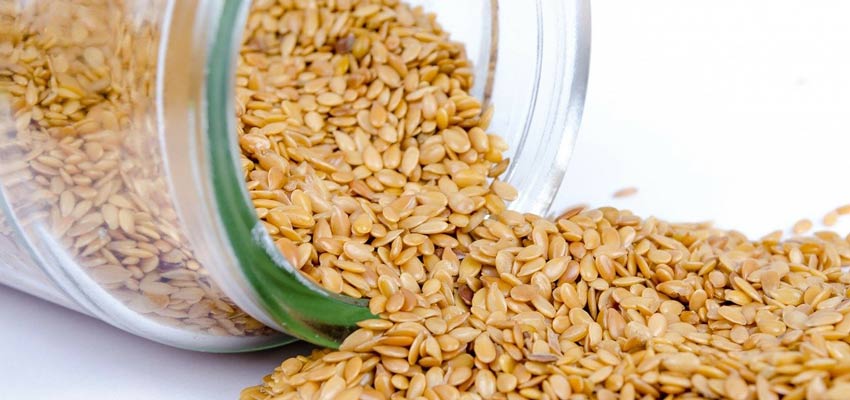Dr. A. Verwey has developed a highly sensitive assay to detect and quantify ethylene oxide/2-chloro-ethanol traces in seeds and nuts.
The fast method development was triggered by recent alert messages in RASFF for sesame seed from India exceeding the European MRL.
The ethylene oxide alert was first raised by Belgium in early September, but meanwhile concerned almost 20 countries and caused media awareness after several public product recalls. Sesame seeds were used in the production of flour and recalled products include bread and bagels. The origin of the contamination was traced back to hulled organic sesame seed from India containing up to 186 mg/kg of the banned active used in former times for disinfection - also for spices. Within the usual multi-pesticide screening ethylene oxide is not detected.
Ethylene oxide treatment is not authorised in the EU. It is a genotoxic carcinogen after regular consumption. The EU MRL lies at 0.05 mg/kg for the sum of ethylene oxide and 2-chloro-ethanol.
Our in-house GC-MS method is based to the German method BVL L 53.00-1:1999-11 and can safely quantify any contamination down to a level of 0.01 mg/kg ethylene oxide/2-chloro-ethanol.
In addition, our lab Dr. A. Verwey is on the list of labs (compiled by the EURL-SRM) for the convenience of the authorities within the EU member state that are involved in designating laboratories for import control activities.
Read more: https://webgate.ec.europa.eu/
Author: Dr. Frank Mörsberger

 Contact
Contact

 Contact
Contact Career
Career